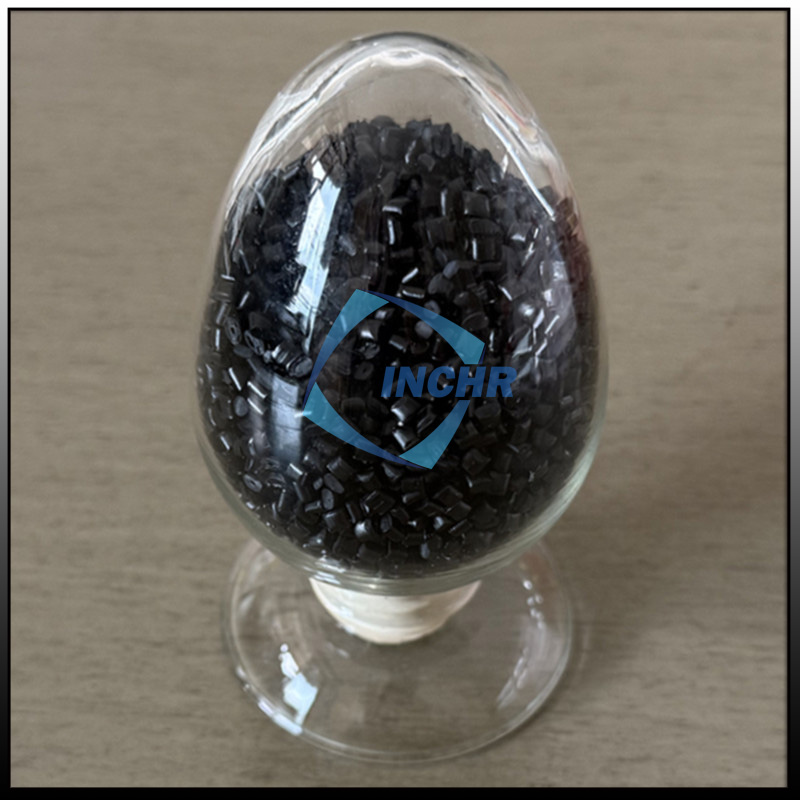Introduction to Carbon Fiber Reinforced Nylon
Carbon fiber reinforced nylon (CFRN) is a cutting-edge composite material combining the lightweight versatility of nylon with the exceptional strength and rigidity of carbon fibers. As industries increasingly prioritize durability, weight reduction, and thermal stability, CFRN has emerged as a game-changer. This article explores its properties, applications, and why it outperforms traditional materials like pure nylon or glass fiber composites.

Why Choose Carbon Fiber Reinforced Nylon?
1. Superior Strength-to-Weight Ratio
Carbon fibers enhance nylon’s tensile strength by up to 50%, making CFRN ideal for load-bearing components. Unlike metals, it reduces weight without compromising structural integrity—critical for automotive and aerospace sectors.
2. Enhanced Thermal and Chemical Resistance
CFRN withstands temperatures up to 220°C, outperforming standard nylon. Its resistance to oils, fuels, and chemicals ensures longevity in harsh environments.
3. Dimensional Stability
Carbon fibers minimize thermal expansion, ensuring parts retain shape under stress or temperature fluctuations. This is vital for precision engineering applications.
4. Design Flexibility
CFRN can be molded into complex geometries, supporting innovative designs in consumer electronics and medical devices.
Key Applications of Carbon Fiber Reinforced Nylon Across Industries
1. Automotive Manufacturing
- Lightweighting Solutions: CFRN replaces metal in brackets, housings, and engine components, improving fuel efficiency.
- Electric Vehicles (EVs): Battery enclosures and charging connectors benefit from CFRN’s heat resistance and electrical insulation.
2. Aerospace & Defense
- Drone frames and satellite components leverage CFRN’s strength and low weight for enhanced payload capacity and fuel savings.
3. Consumer Electronics
- Durable yet lightweight laptop casings, smartphone frames, and wearables meet demands for portability and durability.
4. Industrial Equipment
- Gears, bearings, and robotic arms made with CFRN reduce wear and maintenance costs in manufacturing setups.
5. Medical Devices
- Sterilizable surgical tools and prosthetics utilize CFRN’s biocompatibility and precision.

Carbon Fiber Reinforced Nylon vs. Traditional Materials
| Property | CFRN | Standard Nylon | Aluminum |
|---|---|---|---|
| Density (g/cm³) | 1.3–1.5 | 1.1–1.2 | 2.7 |
| Tensile Strength (MPa) | 150–200 | 70–90 | 200–600 |
| Thermal Resistance (°C) | Up to 220 | Up to 120 | Up to 660 (melting point) |
| Corrosion Resistance | Excellent | Good | Poor (requires coating) |
Future Trends in CFRN Innovation
- Sustainable Manufacturing
Recycled carbon fibers and bio-based nylons are gaining traction, aligning with global eco-friendly initiatives. - 3D Printing Compatibility
CFRN filaments enable rapid prototyping of high-strength, custom parts for industries like robotics and healthcare. - Hybrid Composites
Combining CFRN with graphene or ceramics could unlock unprecedented conductivity and wear resistance.
How to Select a Reliable CFRN Supplier
- Certifications: Ensure ISO 9001 or IATF 16949 compliance for quality assurance.
- Customization: Opt for suppliers offering tailored fiber content (10%–40%) and resin formulations.
- Testing Capabilities: Partners should provide mechanical, thermal, and fatigue testing reports.
Conclusion
Carbon fiber reinforced nylon bridges the gap between performance and practicality, offering unmatched advantages for modern engineering challenges. As industries evolve, CFRN will remain pivotal in driving innovation while meeting sustainability goals.




